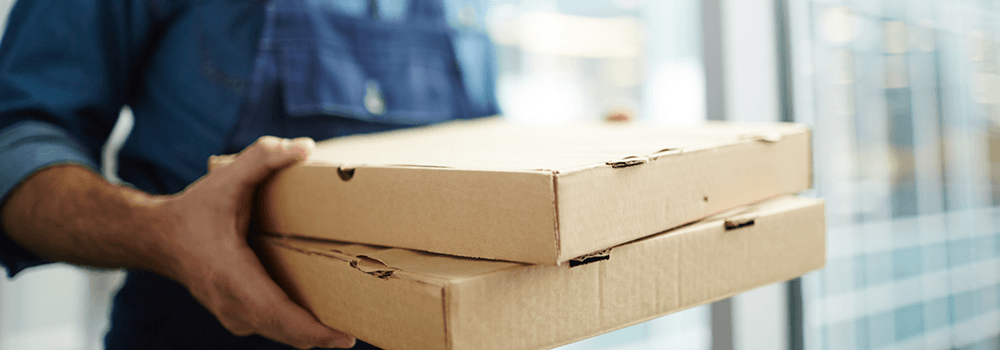Menu
Login
- SOLUTIONS
-
-
FRANCHISEES
-
FRANCHISORS
PARTNER VENDORS
-
-
-
- MARKETPLACE
- RESOURCES
- ABOUT
- SCHEDULE A DEMO
-

Online ordering. Curbside to-go. Self-ordering kiosks. Mobile app ordering. Third-party delivery. These are only a few of the many trends that have taken over the QSR industry in the past decade. And more will follow.
As technologies enhance and the world changes, so should your QSR. So, what should you expect from 2019? Here are three must-know QSR trends for the New Year.
With the advent of third-party delivery services, customers have plenty of ways to order food on the go. Whether they make a traditional to-go order, use the drive-thru, or order from a delivery service, more and more customers are foregoing the dine-in component of the restaurant experience. And we don't see this changing anytime soon.
Many businesses are even responding to this trend when remodeling their restaurants. A smaller dine-in area means more room for counters, kiosks, and pick-up areas. Some Chipotle restaurants have reduced dine-in space to add a second make line, and can now serve twice as many customers at a time. Should you stop everything and remodel your restaurant to accommodate more to-go ordering? Probably not. But if you're moving locations, opening a new store, or planning a remodel anyway, it's certainly something to keep in mind.
Brand identity has always been important, but with fewer customers actually stepping inside your restaurants, it's more important than ever to distinguish yourself. If a third-party service is delivering your orders, how do you ensure that your customers associate a positive experience with you, and not just with GrubHub?
Watch our Webinar: Making the most of GrubHub in your Taco Bell operation
You can tackle this at a high level by emphasizing marketing, especially by embracing third-party delivery services and even advertising a partnership with them. You can also make your restaurant memorable by focusing on the very basics: make sure your orders are always accurate, and that your food quality is at its very best, so customers who order to-go will have positive associations with your restaurant, even if they order delivery.
As your finance folks can certainly remind you, 17 states are raising their minimum wage standards by January 1, 2019. If you own restaurant franchises in any of these states, you’ll have to adjust your budgeting and payroll processes.
In Minnesota, for example, businesses operating in "large cities" (cities with a total budget of at least $500,000) must pay their hourly employees a minimum of $9.86 per hour in 2019, up from the previous minimum of $9.65 per hour. And employees under the age of 18 must be paid at least $8.04 per hour (even in large cities) beginning in the New Year.
Learn more about the 2019 minimum wage changes across all 17 states, or learn more specifically about Minneapolis's minimum wage law at the city's website.
Of course, these aren't the only trends you'll be seeing in 2019. Things change so quickly that it's hard to predict what will come next. But if you have your finger on the pulse, you'll be in good shape.
PAR OPS' blog on operational strategies to grow your business faster.
Everything You Need to Know About Hiring & Retaining Teenagers During the 2021 Labor Crisis
Nickels and Dimes: 4 QSR Operational Money-Savers You Likely Haven’t Tried Yet
QSR Loss Prevention: 4 Ways to Prevent and React to Employee Theft